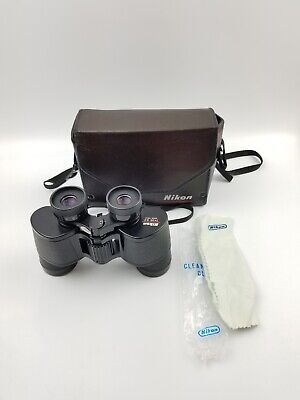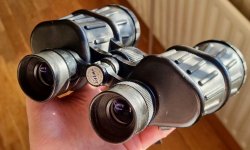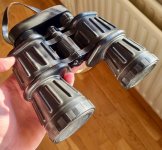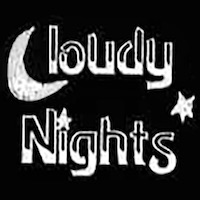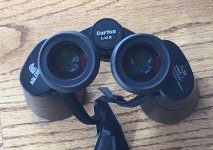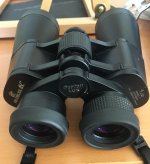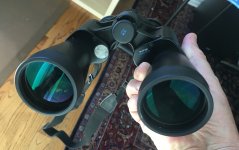I've used 7x50s at sea, and for my money, that is the situation I think they perform best. Size/weight is not so important as you won't be hiking long distances with the instrument, and the large exit pupil works really well for making the view as relaxed as it can be, which, if conditions are not calm, becomes very important. The targets you are searching for (landmarks, other vessels, navigation buoys etc) are generally speaking not too difficult to spot, so 7x mag is seldom an issue. I've found that when searching for smaller birds/groups of birds, especially at some distance, I would prefer more magnification, and I've found my brother's 8.5x42 Swarovski quite useful - but every increase in magnification makes things more difficult at sea.
On land, with things being more steady, I tend to prefer more magnification, especially in the x50 format, and a wider field of view than most 7x50s offer. But if 7x works for you and the weight/bulk of a x50 isn't an important factor, they can still give good service. In all fairness, the image quality of the 7x50s I've used (mostly lower end ones too - Bushnells etc) has been pretty good.
On land, with things being more steady, I tend to prefer more magnification, especially in the x50 format, and a wider field of view than most 7x50s offer. But if 7x works for you and the weight/bulk of a x50 isn't an important factor, they can still give good service. In all fairness, the image quality of the 7x50s I've used (mostly lower end ones too - Bushnells etc) has been pretty good.






